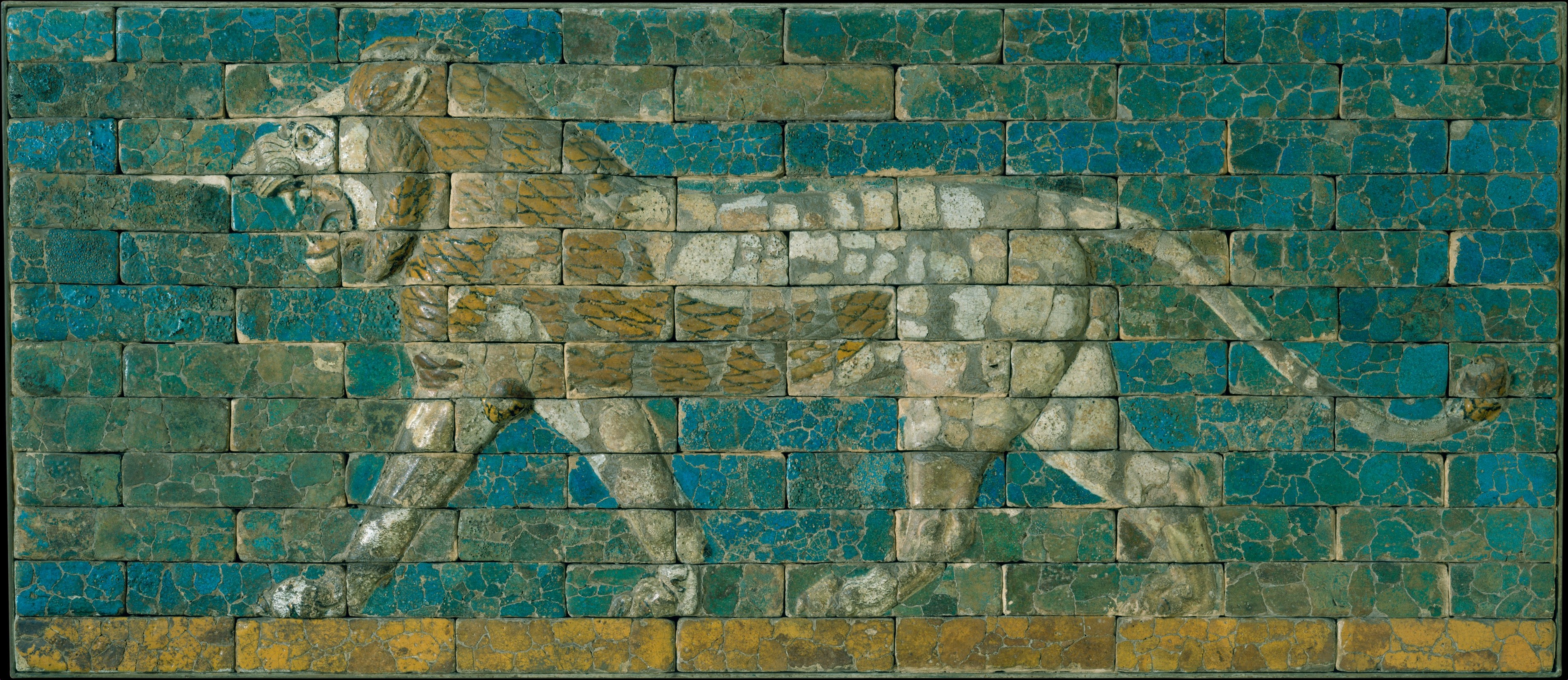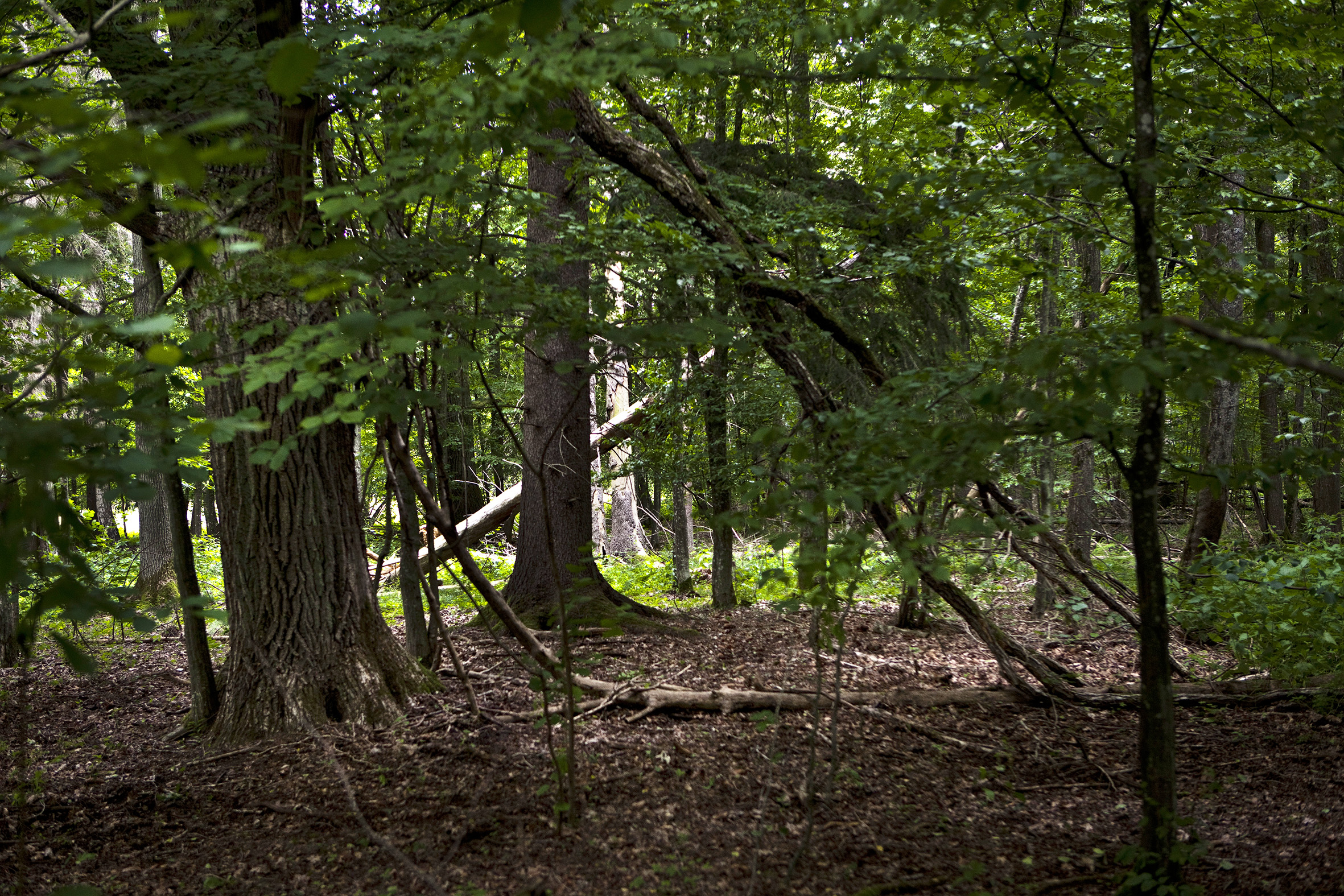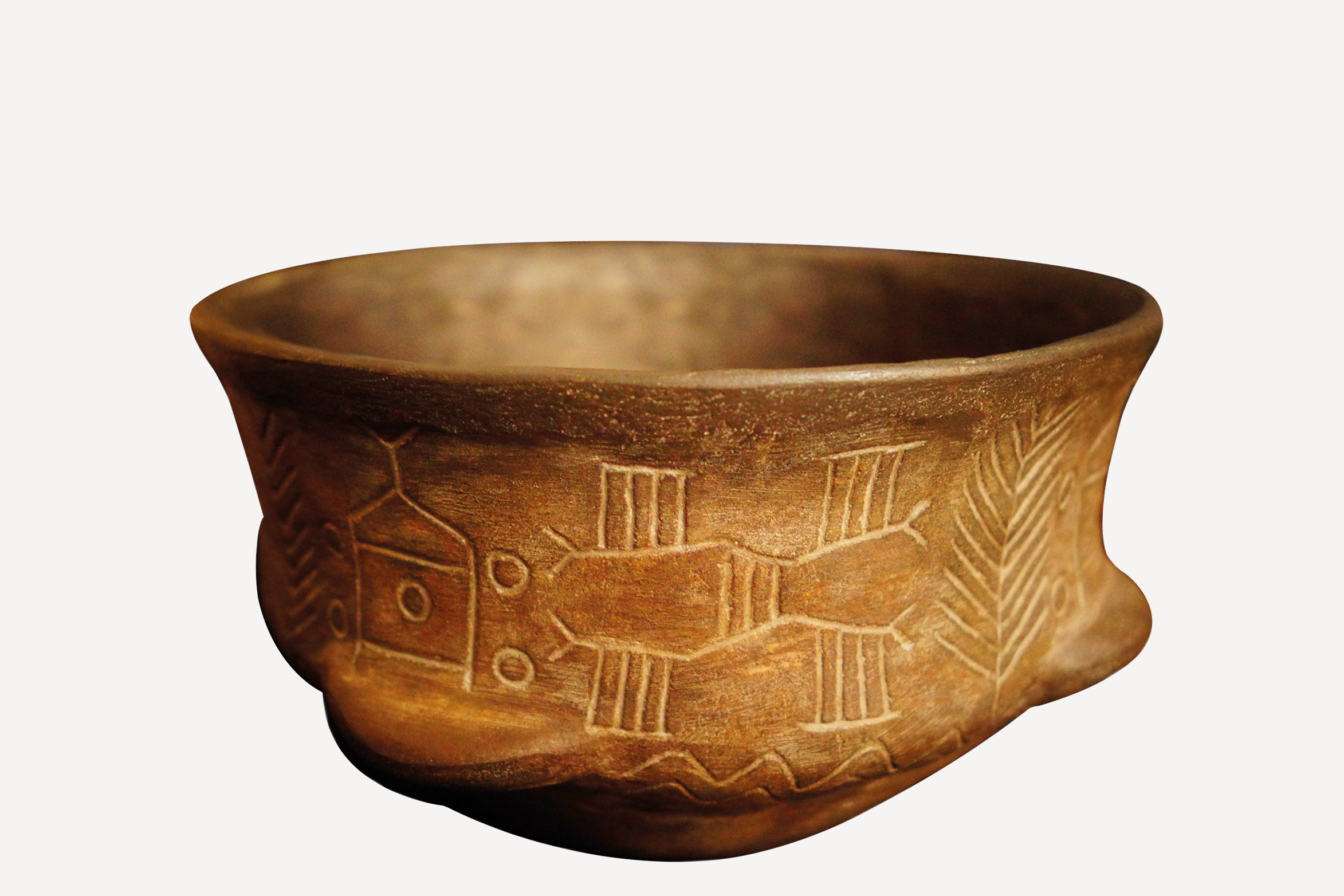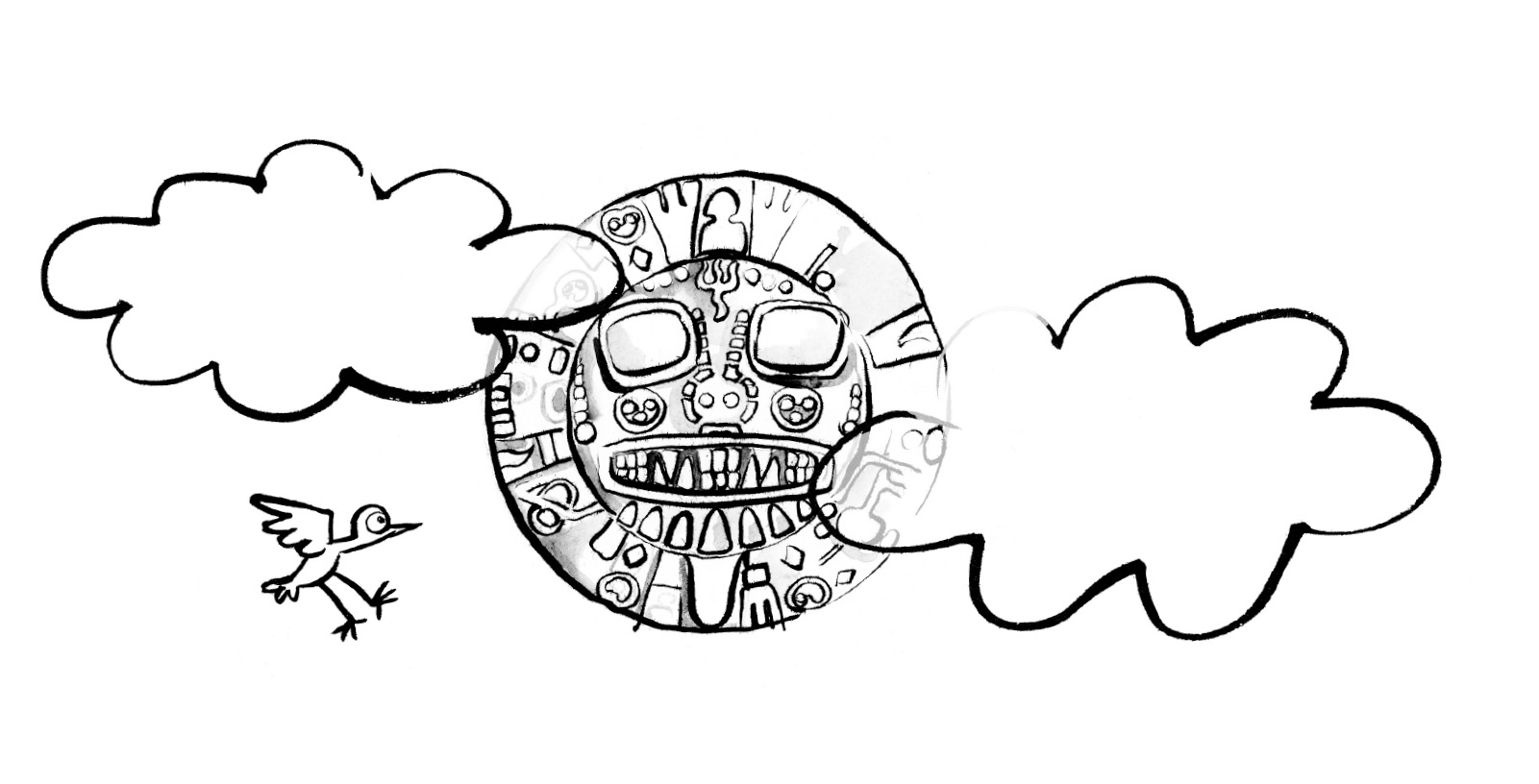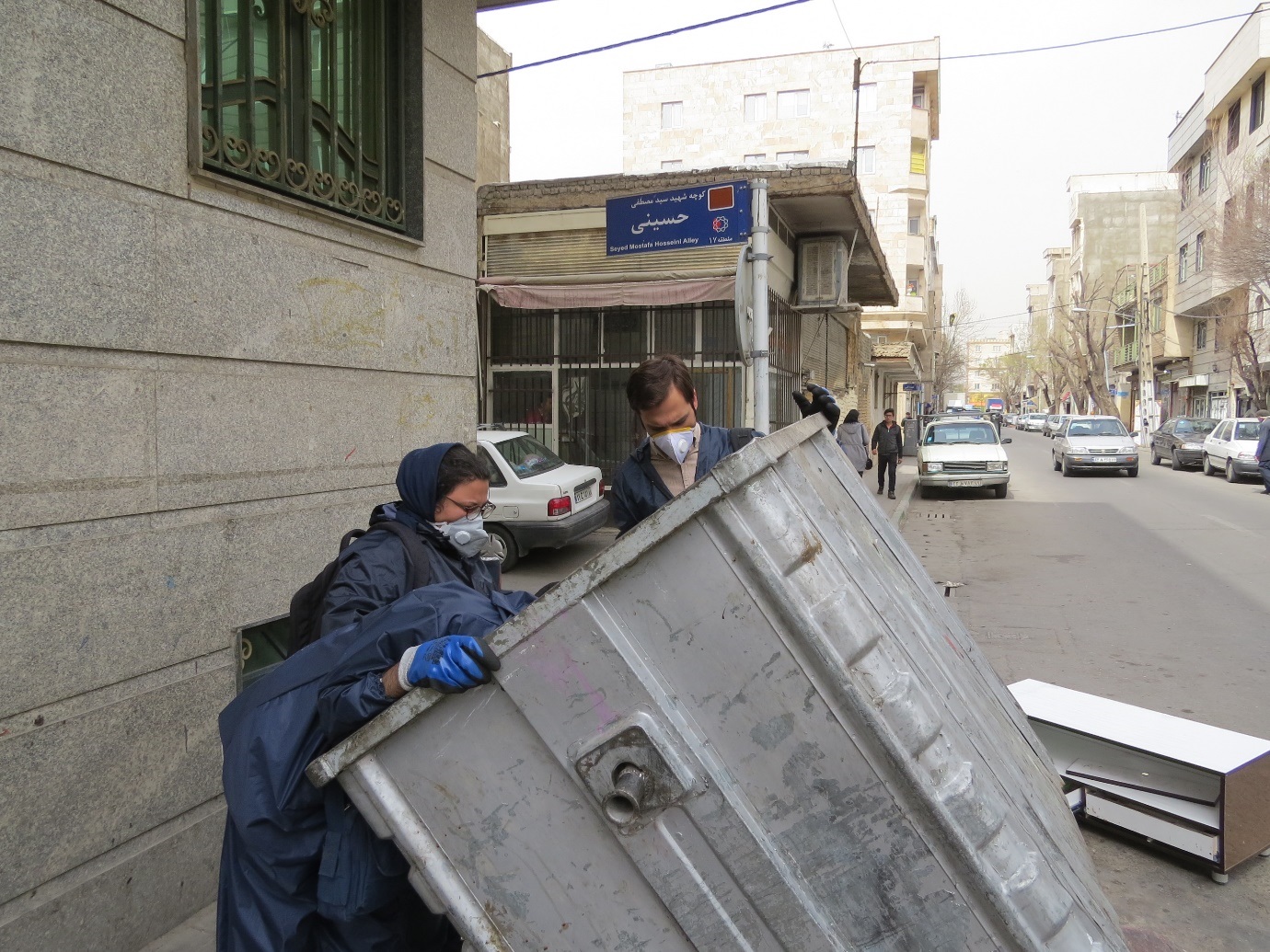
When Egypt and Mesopotamia were ruled by ruthless emperors and harsh priests, the largest and most populous state in the world of the Bronze Age flourished in the Indus Valley. Its residents knew no wars, famine, or slavery. They didn’t build temples or palaces. Instead, they enjoyed baths and board games.
A man in a tree, sometimes sitting on a branch, sometimes suspended between two of them. This is one of the most common visual motifs, engraved in clay tablets, left behind by the Indus Valley civilization. If we understood its meaning, this culture, lost for over four thousand years, would maybe speak to us today. Unfortunately, to fully understand the man in the tree, is to decipher the accompanying inscriptions, and that might never happen.
However, even without comprehending the language of these ancient inhabitants, we can experience the unspoken part of their heritage in objects, houses, cities, to surmise who they were and how they lived. This paints a picture of a society that was a complete rarity in all of antiquity, living in a land of peace, while surrounded by a bloodthirsty world.
This extraordinary state emerged suddenly, as a result of the joint effort of the inhabitants of today’s Indian-Pakistani border. It disappeared abruptly, as well. And unlike the ancient societies of the Egyptians, Sumerians, Jewish people, Greeks, they left no cultural descendants. It is tempting to assume that if it were otherwise, human history might have taken a more peaceful course.
The language of the Indus Valley people is unknown, their inscriptions unreadable, and the name they used to refer to their territory remains unclear. Sumerian written sources mention trade relations with the state of Meluhha, which we presume is the land on the Indus. To keep things simple and for the purposes of this text, this is how we’ll refer to our lost civilization.
Above Mohenjo-Daro, Meluhha’s largest city, archaeologists discovered a large brick platform ninety years ago, and incorrectly called it a citadel. There was no fortress, no statue, nor a temple built on the terrace, however, what they did find was the remains of a pool—a large basin used for bathing. Its dimensions are 39 x 22 x 13 feet. It may not seem impressive by today’s standards, but for the ancients, building such a facility was a huge undertaking. Identical bricks fired in kilns fit perfectly together. Even a sealant—bitumen—was applied underneath. Stairs leading to the reservoir allowed a gentle and gradual dip in the water.
The pool on the platform struck the archaeologists as something so unusual that they initially thought it to be the ruins of a granary. When it became clear it was more of a water tank, the question around the reason it was built arose. Most researchers today believe that an effort of this scale could have only been done for ritualistic purposes, with local residents taking spiritual cleansing baths in the pool.
The Meluhhans had a unique relationship to bathing that wasn’t just about cleanliness and spirituality, but also practicality. For the people of this territory, easy access to fresh water was a priority. Mohenjo-Daro had over seven-hundred brick-built wells that were circular in shape, several yards deep, and located both in private and public buildings. It also had a great plumbing system with stone-cobbled canals installed underneath the main streets, collecting sewage from uncovered gutters running alongside the curbs. These, in turn, gathered waste from household toilets. In this respect, the urban planners and Meluhhan architects were matched only by the Romans, two thousand years later. The people of the Indus Valley enjoyed better sanitation conditions than many places, even today. German archaeologist Michael Jansen coined the elegant term wasserluxus, describing the “water luxury” afforded by inhabitants of Mohenjo-Daro.
Non-Defensive Walls
As with the aforementioned Great Bath of Mohenjo-Daro, and because we don’t understand the language of the Meluhha, the Indus Valley civilization emerges as a world hidden beneath a lake’s surface—where one is met with their own reflection before looking further into its depths. The same was true of the walls surrounding the city and its various districts. Scientists first labeled them as fortifications. However, in having to verify this theory, they soon recognized that the gates within the ramparts were actually unsuited for defense. The discovery of sets of weights stored in small spaces close to the gates brought clarity—the walls provided protection against smuggling. Customs officers worked in the gates, controlling how many and what kind of goods were brought by merchants.
This finding not only showed the significant role well-organized trade played in the unification of the territory, but it also allowed archaeologists and historians to gradually recognize the most extraordinary trait of this civilization—the largest state in the world, at that time, didn’t wage wars. There were very few weapons found in the ruins of the Meluhhan cities—a few swords with rounded blades, and some spearheads. Protective military equipment essential for combat, like shields and armor, was missing altogether. Meluhha’s art lacks images of humans fighting, and no battlefields have been discovered.
It was a peaceful and just society, at least for that era. This can be deduced from its architecture as there were no palaces or temples, and although the houses varied in size—from multi-room, two-story, to one-room (mainly on the outskirts of cities) dwellings—they were mostly built of similar materials and offered the same basic amenities. There’s no indication of slavery, and no sign of hunger whatsoever. After examining some skeletons from a few hundred Meluhhan tombs, scientists concluded that diet between residents was fairly comparable—at least, for those whose graves were discovered.
Burials were simple, not a single grand tomb has been discovered. This is an important lead, for a lot can be understood from the way civilizations inter their dead. To illustrate this fact, Andrew Robinson, author of The Indus: Lost Civilizations, cites British archaeologist Leonard Woolley’s description of the royal tomb from the same period found in Ur, Mesopotamia: “Six men-servants carrying knives or axes lay near the entrance, lined up against the wall; in front of them stood a great copper basin, and by it were the bodies of four women harpists, one with her hands still on the strings of her instrument. Over the rest of the pit’s area there lay in ordered rows the bodies of sixty-four ladies of the court. All of them wore some sort of ceremonial dress […].” No such grave has been found in the Indus Valley. Signs of human sacrifice are absent, there are no weapons, nor riches, apart from seashell bracelets.
Given the lack of royal tombs and palaces, is it possible the people of Meluhha also had no ruler? This is all the more surprising as the territory was not only vast, but also efficient. The weights for measuring goods mentioned earlier were exact. The smallest one weighed 0.03 ounces. The following ones were two, four, eight, sixteen, thirty-two, and sixty-four times heavier. Later, the system changed slightly, with weights of 160, 200, 320, 640 units. Then, another shift, and more weights—1,600, 3,200, 6,400, 8,000, 12,800 units. Similarly, an exact conformity applied to measures of length. There are four known examples of “rulers” from different parts of the state. Each of them is divided into the same 0.06 in length units. Larger dimensions are also marked: .67, 1.3, and 2.6 inches.
The Economy Rules
While we refer to it as the Indus Valley Civilization, the culture was in fact born between two rivers—the Indus and the Sarasvati. The latter no longer runs, having dried up around 2,000 BCE. For the two waterways, there were two main cities in Meluhha. Made up of about 40,000 inhabitants, Mohenjo-Daro was the biggest, best sewered, and most modern city of the ancient world. It was a phenomenal metropolis built according to a well-thought-out plan. Harappa was different. With a population of roughly 23,000, it was smaller, significantly older, and seemingly trying to bend to the standards set by Mohenjo-Daro. It had only thirty wells, and the drainage system, although it did exist, was not of the highest quality, often overflowing, as evidenced by the raised doorsteps of the city’s houses.
The whole state—more than twice the size of modern Poland’s 120,733 square miles—was further dotted with other, smaller and larger towns. What’s striking about all of them is their standardization, and it’s not just about weights and rulers. Two bricks from two Meluhha settlements hundreds of miles away from one another, will have the same proportions, the longest side will be twice the length of the width, and the width will be twice as long as the height. The specific dimensions were usually 5.5 x 2.7 x 11 inches, and although sometimes larger bricks were used, their proportions didn’t change.
A similar uniformity was applied to the roads in Mohenjo-Daro. The main arteries were twice as wide as the side streets, which, in turn, were identical in ratio to the narrow alleys. Moreover, these side streets ran from the major routes at a right angle—a layout that was unheard of at the time. The roads were paved with standard brick. There were no doors or windows facing the main streets, suggesting they had to be very busy, the cities bustling with life.
Meluhha was not only made up of cities, but also vast and fertile farmland. The harmony between agriculture and urban life allowed the state to enjoy its prosperity. Cultivation was based on the cyclic flooding of the two great rivers. Since the state had two climate systems, there were two cropping seasons—the winter (wet) and the summer (monsoon). This protected against harvest failure. If such a calamity befell on one part of its lands, food could be brought in from another region. There were also brickworks outside the big cities, located near clay deposits. The Meluhhans mined metal ores and stone, especially their favorite deep blue lapis-lazuli. They built ships on which their merchants reached as far as the Red Sea coast. It appears as though they had a perfectly organized economy.
Wearing Nothing but a Hat
The fact that the Meluhhans didn’t start wars can be explained with a simple statement—they didn’t have to. Neighboring peoples shared economic dependencies with this great territory and cooperation was prosperous. But the peace was also internal, and it’s surprising that during the several hundred years of Meluhha’s history there was no one to take over the state and impose iron-fisted rule. There must have been something that protected the system from the attempts of overly-ambitious individuals. As American anthropologist Gregory Possehl wrote, the state had to be bound together by a powerful ideology.
The ideological upheaval that created this civilization happened around 2,500 BCE. Three-fourths of the approximately one thousand known Meluhhan settlements were founded on what were then pristine lands, including Mohenjo-Daro. Others, like Harappa, were adapted to the new rules. What this means is that most of the inhabitants of the vast land suddenly abandoned their homes to build new settlements in new ways and new places. They must have been united by a common vision of a new life. This transition period lasted about one hundred years and involved many ethnically diverse peoples. A mysterious, unknown goal united these neighboring tribes.
This revolutionary ideology is unknown, but according to Possehl, it had to be based on four pillars—first, a willingness to abandon what was before; second, urbanization and civic life; third, technical innovations; and fourth, access to water, the aforementioned wasserluxus. With the advent of the new ideology, a new symbolism was born. On their characteristic rectangular clay and steatite seals, the motif of a man on a tree begins to appear, often worshiped by additional human and animal figures standing below. Another figure often encountered is a man sitting in a half-lotus position, his head crowned with horns, and described by experts as a proto-Shiva. Numerous animals, such as Indian buffalos, elephants, tigers, gavials, zebu, and rhinos were also found. Additionally, the engravers invented mythical creatures, like unicorns with elephant trumpets. One of the seals shows a horned tiger fighting a horned woman. Another, a man with a leafy plant growing out of his head.
The people of Meluhha loved terracotta figurines. Analyzing their features draws the conclusion that the state was inhabited by ethnically-diverse peoples. Another interesting characteristic is the mixing of the masculine and feminine attributes, as in the case of an intersex statuette with uncovered phallus and fully-rounded breasts, while dressed only in bangles, a necklace, and something resembling a European top hat. Some effigies may have been of a ritual significance, others ornamental, but certainly some of them are simply toys, such as those depicting ox-drawn carts, bulls with moving heads, or animals on wheels. All of the above invites an assumption that the Meluhhans loved play—archaeologists have also found pawns and boards for chess-like games, as well as dice marked with eyes numbered from one to six, exactly like those used today.
It is easy to get the impression that the people of Indus Valley, while they had a heart for amusement, they didn’t have much of one for the arts. The walls of their houses were devoid of ornamentation, as was most of the pottery, and even if they were decorated, it was often done ineptly. Only a few examples of actual artistry have been discovered. The Meluhhans were mostly craftsmen, merchants, and farmers rather than artists. Some experts on the subject say this is a manifestation of utilitarianism. Others see it as if they didn’t find ornamentation important because their thoughts reached beyond that—art was supplanted by ideology.
The River Went Dry, the Spirit Withered
The time of the Indus Valley civilization roughly coincides with the period of the Old Kingdom of Egypt. During that period great structures were built along the Nile River, like the pyramids at Saqqara and Giza. The Pharaohs organized war expeditions to Libya, Nubia, and Sinai, while the state on the Indus River didn’t erect any grand tomb or temple, nor did they send any army into battle. Instead, they farmed, traded, played with clay figurines with their children, took baths, and passed on their way of life to the next generations. But it all ended rather abruptly, somewhere between 2,000 and 1,900 BCE. However, there are no traces of any invasion, leaving no clues as to what happened.
Today the prevailing theory is that the fall of Meluhha was caused by the drying up of the Sarasvati River. According to Andrew Robinson, the dark side of its peaceful nature was then revealed, claiming that devoid of military discipline, the society was unable to cope with such a great challenge. Yet, perhaps this is another example of how we see our own reflection in this obscure culture—we, the spiritual heirs of the warring Greeks, Romans, and Semites, find it hard to imagine that it’s possible to not wage wars and shed blood with impunity.
There is, however, another theory of how the civilization on the Indus and Sarasvati came to its end. Possehl believes that the cause of Meluhha’s demise was the dissolution of a unifying force—their ideology that still remains a mystery. Their day-to-day life within brick walls devoid of ornamentation lost the spiritual dimension it had before. The state collapsed because its inhabitants stopped understanding what the figure in the tree was saying to them.
Notes:
- Possehl, Gregory L., “The Indus Civilization: A Contemporary Perspective” (AltaMira Press, 2002).
- Robinson, Andrew, “The Indus: Lost Civilizations” (Reaktion Books, 2021).
Translated from the Polish by Maciej Mahler


